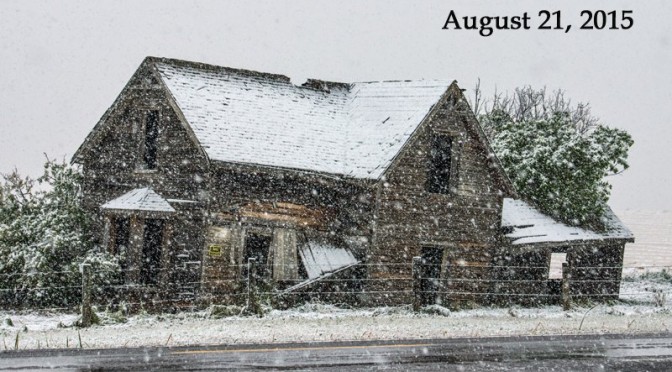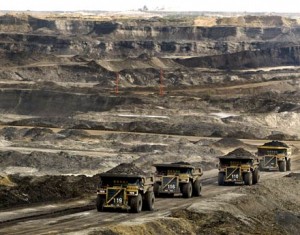Must see:
– Jesse Ventura Conspiracy Theory: ‘Gulf Coast Oil Spill’
US landowners along the proposed route – from Alberta to the Gulf coast – accuse oil firm TransCanada of bullying

David Daniel, who is fighting TransCanada’s proposed oil pipeline from Alberta through Texas. Photograph: Rex C Curry/Polaris
In an earlier life, David Daniel jumped through fire and performed a motorcycle stunt called the Wheel of Death. For his second act, he picked a fight with a $7bn oil pipeline set to run through Texas.
He is not doing badly for a man taking on big oil in the home of black gold. Growing opposition to a Canadian project to pump crude from tar sands in Alberta across six American states to the Gulf coast could force the Obama administration to reconsider – and possibly delay – the project.
The grassroots rebellion will come to Washington on 9 March, just as the state department is due to decide whether to grant final approval to the 1,700-mile Keystone XL pipeline. If it orders additional environmental or safety reviews it would force a delay in the construction start date, now set for the end of the year.
Read moreActivists Ready To Fight $7 Billion TransCanada Oil Pipeline From Alberta To The Gulf Coast



